The Great Prayer Festival was established by Lama Tsongkhapa in 1409, when the first one was held in Lhasa. People all over Tibet celebrated a two-week-long festival of prayer, auspicious rituals, teachings, and celebrations from the first new moon until the full moon of the lunar New Year. Many hundreds of thousands, perhaps more than one million, people came from near and far. This first full moon of the year is celebrated in the Vajrayana tradition as the Day of Miracles (Tibetan: ‘Chotrul Duchen’) to commemorate the final day of miraculous display by the Buddha which lasted 15 days….
The celebration began a 650 -year tradition of Great Miracle Prayer Festivals. During the festivals, all ordinary pursuits were suspended so that the laity and clergy alike would engage in games and contests as well as praying, making offerings and attending Buddhist teachings. Pilgrims from every corner of Tibet crowded into the capital, each year increasing by multitudes as the annual Great Prayer Festival became a focal point in Tibetans’ lives. The Festival signaled Tibet’s success in its deliberate progression from a war-like, imperialist power to a peaceful, spiritual nation devoted to the pursuit of happiness, education and enlightenment. The “Great Miracle” refers to the two weeks of miracles and teachings said to have performed by Shakyamuni Buddha, 2,000 years earlier in the city of Shravasti, India. As the story goes, after years of being persecuted by rival teachers who repeatedly challenged him to contests of miracles, the Buddha finally accepted the challenge. He then proceeded to create a vision of a beautiful universe, consisting of jeweled trees, lotus ponds, and rainbows. As told in the Indian Buddhist Sutra of the Wise and the Foolish called ‘Overcoming the Six Teachers’:
“Buddha was challenged by six rival teachers to a contest of miraculous performances. For many years, Buddha evaded their challenges, letting people believe that he was afraid of their magical powers, losing his royal patrons, and causing doubts and worries to grow among the people.
Finally, in the city of Shravasti, Buddha accepted the challenge and stood before a huge assembly of people from the entire central north Indian area. He proceeded to perform miracle after miracle during the first fortnight of the lunar New Year. The rival teachers were eclipsed almost immediately, as Buddha produced spectacular manifestations. He threw down a toothpick and grew a giant wish-granting gem tree. He rinsed his mouth with scented water, and celestial lakes with divine ducks and jewel lotuses appeared. He concentrated and emitted rays of light, and hosts of Buddhas, bodhisattvas and gods filled the skies. Teachings of liberation and awakening, reverberating in every language known to man, illumined the minds of all assembled. He even manifested a vision of himself multiplying infinitely, his compassionate energy becoming clearly present to everyone’s awareness.”


